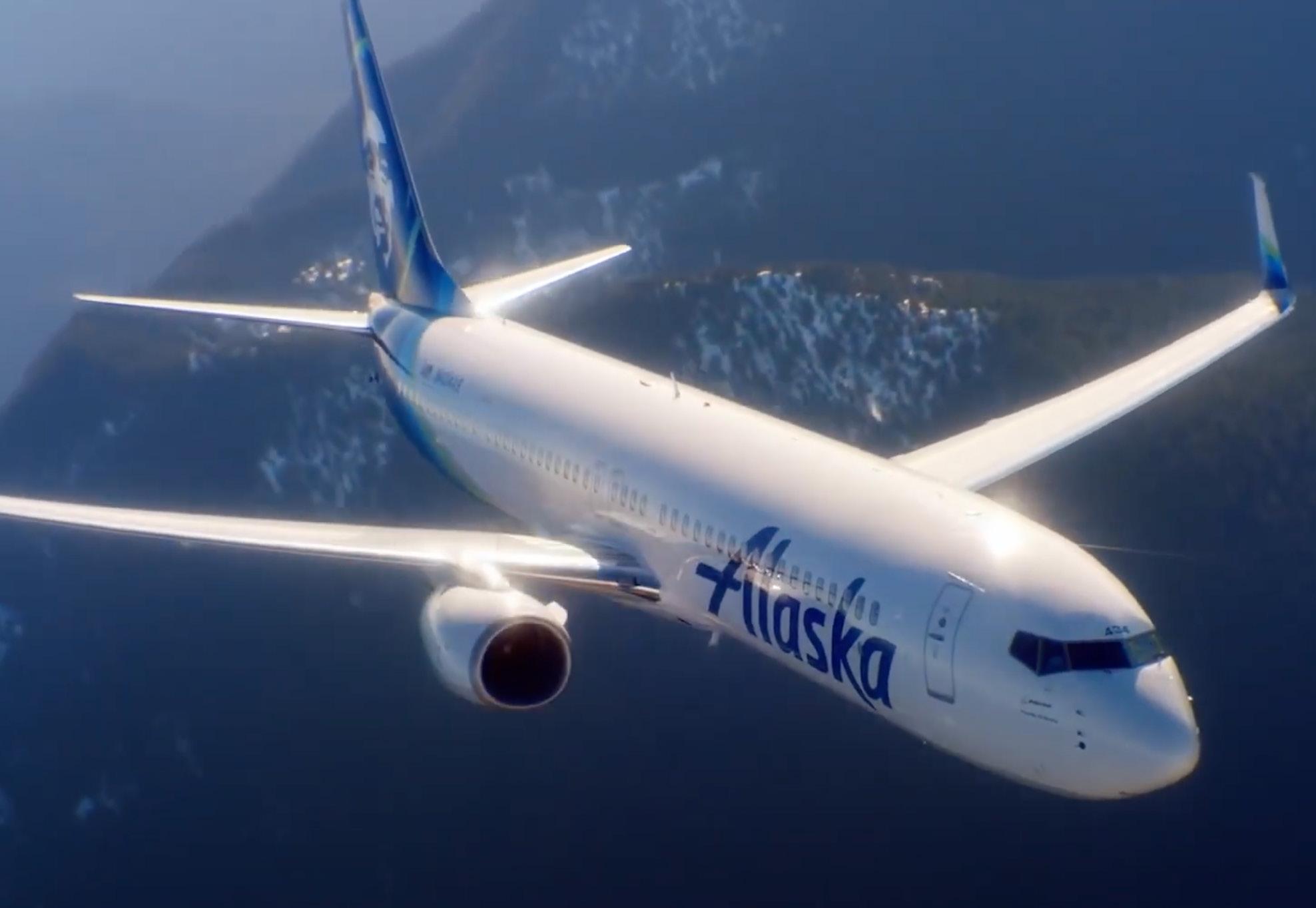
4 minute read
Sustainability news
By Hailey Findlay In 2019 the world came together to participate in the Fridays for Change climate march, propelling the issue of climate change to the front of the general public’s minds.
As the aviation industry recovers from the pandemic, the climate crisis is progressively becoming the key focus globally and airlines are vying to be seen as climate leaders in the industry.
Advertisement
The aviation industry is innovating at a rapid pace with news about sustainable aviation fuel, hydrogen, and electric aircraft seemingly everywhere.
However, while this news is highlighted on many airline websites, including many with their own branding, very few airlines are including these initiatives as key messaging in their marketing campaigns.
Perhaps there is hesitation around discussing sustainability issues in the aviation industry too openly in the public domain due to negative public perception regarding the industry’s emissions, or fear of pointed fingers about “greenwashing.”
KLM and Alaska Airlines have shed their hesitancy and brought their sustainability initiatives into their key messaging. While each utilises a slightly different approach, the one thing they each have in common that will help garner success in the court of public opinion? They walk the walk so they can talk the talk.
In December 2021, KLM Royal Dutch Airlines released a campaign video beginning with the phrase, “For centuries, we’ve dreamed of travel to distant worlds. But pioneering sustainable aviation right here on Earth is our greatest adventure yet.”
The video, which highlights the balance we must find between protecting the planet and travelling the world, highlights the idea that people need to experience the world and the wonders of nature in different environments in order to want to protect it.
The campaign video is beautifully composed, carries KLM’s branding throughout, and ends with a call to action that links to the airline’s web page for its “Fly Responsibly” campaign which features an intuitive user interface to highlight the carrier’s sustainability initiatives.
By keeping its branding cohesive across all platforms and highlighting its “Fly Responsibly” campaign, KLM has successfully created a brand image that is synonymous with sustainability in aviation.

Alaska Airlines has taken a different approach.
While it also has a video, website and campaign to highlight its sustainable initiatives as part of its “LIFT” campaign, the feature ad lacks the cohesive branding of KLM. However, the campaign offers an honest look at the challenges they face in getting to net-zero and highlights the ways they are actively addressing this challenge.
The campaign is brilliant in that it acknowledges a sticking point in the industry, the historical lack of transparency about emissions, and addresses it head-on by stating the exact amount of fuel they burn, followed by the actions they are currently taking to subsequently decrease their emissions.
Its LIFT campaign video may not have gotten many views, but Alaska Airlines has begun doing something that no other airline to this writer’s knowledge has, it has highlighted one of its sustainable initiatives in its main tv spot ad campaign.
In February of this year, Alaska launched its “The Most Caring Airline” (see our feature story in this issue) campaign, featuring media darling Tan France of Queer Eye fame.
The video premise centres on the “Care Coalition,” a group of loveable characters including a Care Bear and Mother Nature, deciding on new members to vote into the group. Alaska Airlines is nominated, with Care Bear saying “a caring airline, those exist?”
Mother Nature then follows up, stating that Alaska was the first airline to switch from plastic bottles to boxed water, highlighting the carrier’s recent, most public-facing initiative.
https://www.youtube.com/ watch?v=gcyha-2aWS4
The genius of the campaign is in the way the information is presented. Rather than focusing the ad entirely on sustainability to convince the audience that they are sustainable, the ad casually drops the information in, suggesting that this is just one of many sustainable initiatives.
Switching to boxed water may not be the most effective initiative in decreasing Alaska Airline’s carbon footprint, SAF use and investments will likely do that in the long run, but it shows the importance of having a holistic approach to implementing sustainable initiatives.
Customer-facing strategies are easier to market than describing SAF use and its importance, however, having sciencebased targets and additional programming is essential for the ads to hold up to public scrutiny and for airlines to maintain their credibility.
















